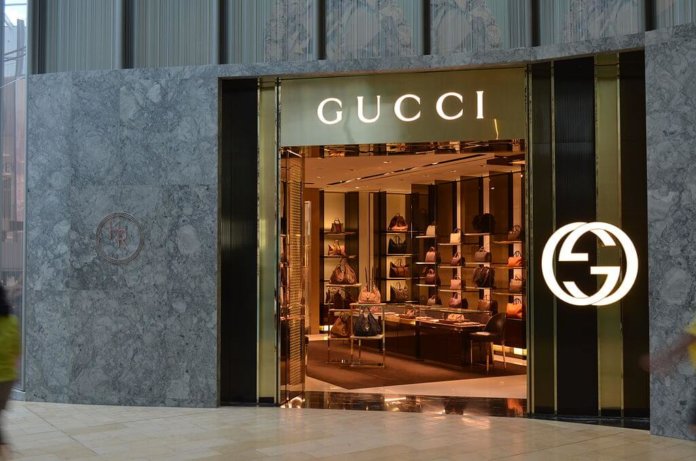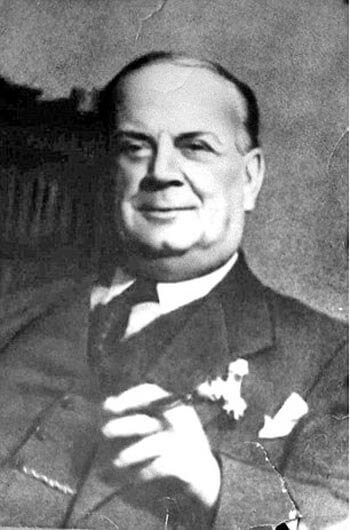
The Gucci family feud is a bitter reminder of the volatility that money and success can bring into relationships. Their saga turned out to be a textbook example of how to run the family business into the ground. It had everything – greed, ego, sibling rivalry, foolish expansion, and even murder. Perhaps the most instructive aspect of the story is that it serves as a great example of the all too common trend of the failure of the third generation. Their story only compounds the negative stereotype that third generation family members often destroy successful family businesses.
In the case of Gucci, the founding patriarch was Italian fashion giant Guccio Gucci, who first started his company in Florence in the early days of the 20th century. Prior to that, he worked as a bellhop in the Savoy Hotel in London. There he discovered the role that luggage and bags played as a great status symbol for the wealthy and elite. So he returned to Italy, learned the leather manufacturing trade, and launched his line of quality luggage and handbags.
The rest is history. Soon, anything with the Gucci logo was the must-have item for movie stars, heiresses, and even first ladies.

The Next Generation
When Guccio died in 1953, Aldo, the oldest of the three sons took control of the business. Aldo internationalised the brand. He knew that people didn’t necessarily want to travel to Italy to buy their products, preferring instead to purchase them in New York, Paris, Tokyo or London. This kind of rapid expansion would sink some companies but Gucci thrived. In fact, President John F. Kennedy referred to Aldo Gucci as the first ambassador of fashion.
When Aldo’s brother, Vasco Gucci, died childless in 1974, the company was split 50-50 between Aldo and his other brother, Rodolfo. Aldo gave each of his three sons 3.3%, leaving him with 40% while his brother retained 50%. Despite the imbalance, Aldo maintained control of the company and kept it stable and profitable during his reign.
The Grandsons of Gucci
Trouble started when the third generation began to take more of an active role in running the family business. Aldo’s son, Paolo, had visions of creating his own fashion line. When his father and uncle rebuffed him, he went behind their backs and launched it anyway. They fired him and cut off all ties.
In a 1982 interview with People Magazine, Paolo explained, “I wanted to expand, to bring in other financial backers and make the business run on more modern lines. But the Guccis have medieval concepts of business. So I became the black sheep.”
Paolo would seek his revenge by exposing Aldo’s tax evasion, for which Aldo served time in federal prison. When Rodolfo died in 1983, his 50% stake went to his son Maurizio, who teamed up with Paolo to take control of the company. This arrangement, however, didn’t last long. Soon, the cousins turned on one another and when Maurizio found himself in trouble with the authorities over tax troubles, he was forced to flee to Switzerland. Once again, Paulo was responsible for tipping off the authorities.
Be Careful What You Wish For
In the end, both cousins got what they wanted but with disastrous results. Paolo eventually launched his own fashion line, which was enormously unsuccessful. Maurizio almost destroyed the Gucci empire in his tenure at the helm through the late 80s and early 90s. By 1991, Gucci had a negative net worth of $17.3 million. With more than $40 million in personal debt, Mauricio was finally forced out of the company by Investcorp, the company that now owns the majority stake in Gucci and was able to restore the brand to its former glory. Maurizio came to an especially unhappy ending: In 1995, he was tragically gunned down in a mafia hit in Milan, a crime for which his ex-wife was tried and sentenced to 29 years.
Gucci Now
Where the third generation of Guccis failed, the brand’s corporate ownership (now PPR, the French conglomerate) has been hugely successful. Soon after Maurizio’s demise, Gucci was viable once again. Gucci’s international appeal is much wider than even Aldo may have anticipated – the luxury fashion boutique enjoys immense popularity in Asia. The rise of Asia’s upper-middle class means that the Gucci’s client base is rapidly expanding, adding further momentum to a seemingly unstoppable brand.
In 2018, the brand is focused on attracting the attention of the millennial generation with a formidable social media presence – a powerful marketing tool in a post-digital world. Their association with Instagram stars and other digital strategies have made Gucci relevant to a whole new generation.









